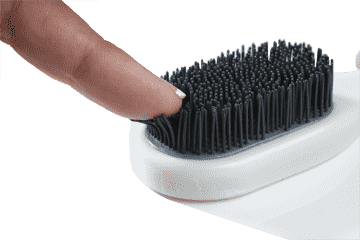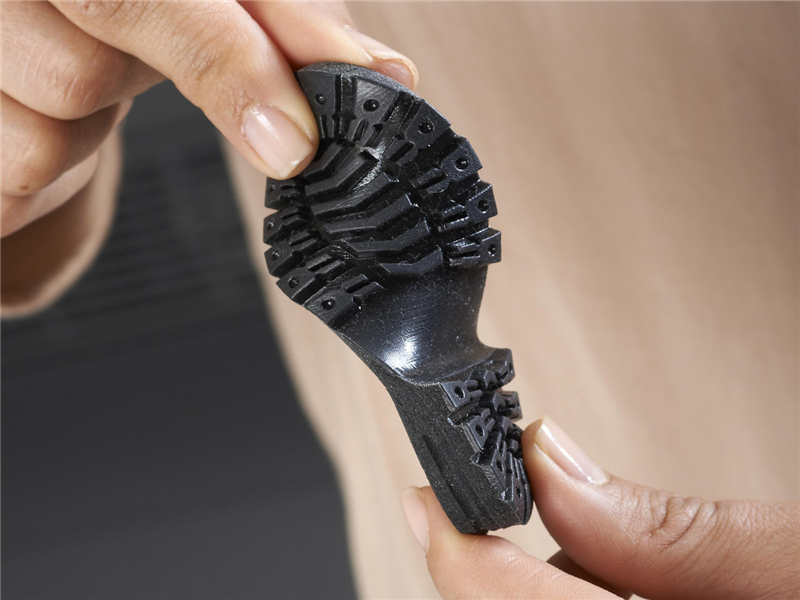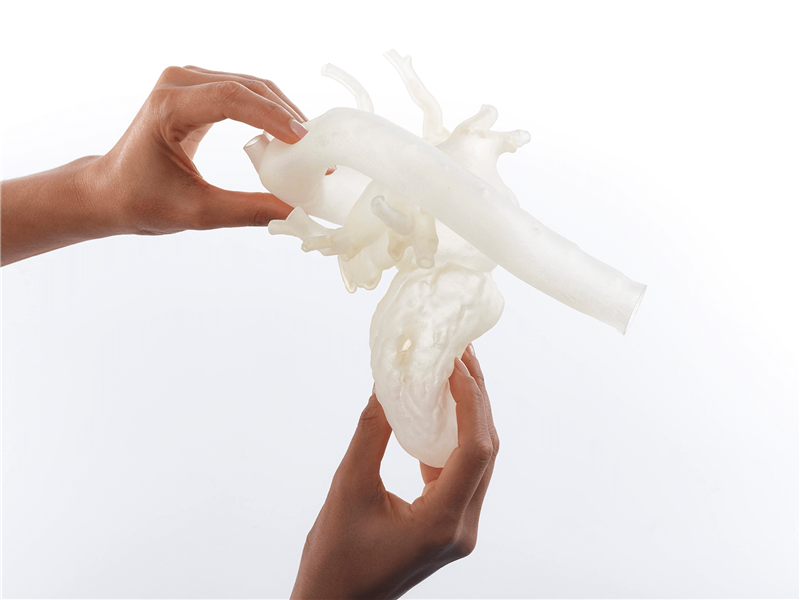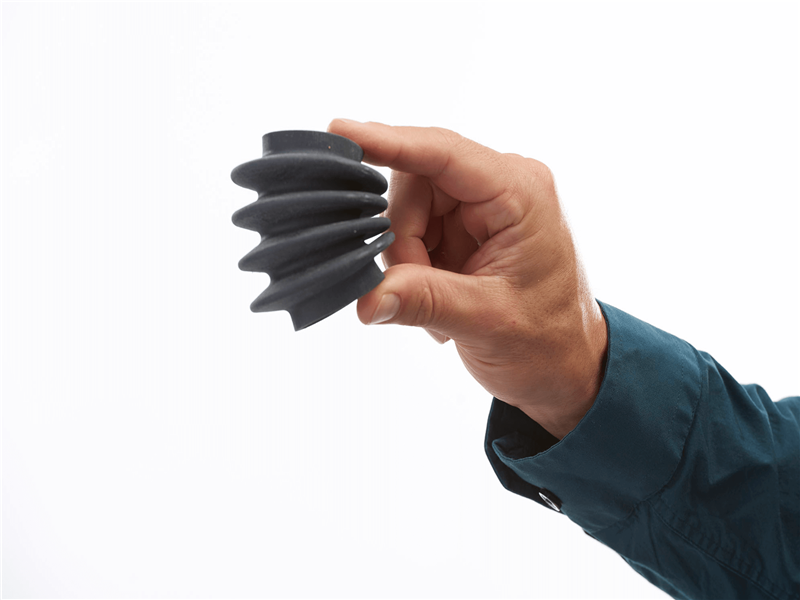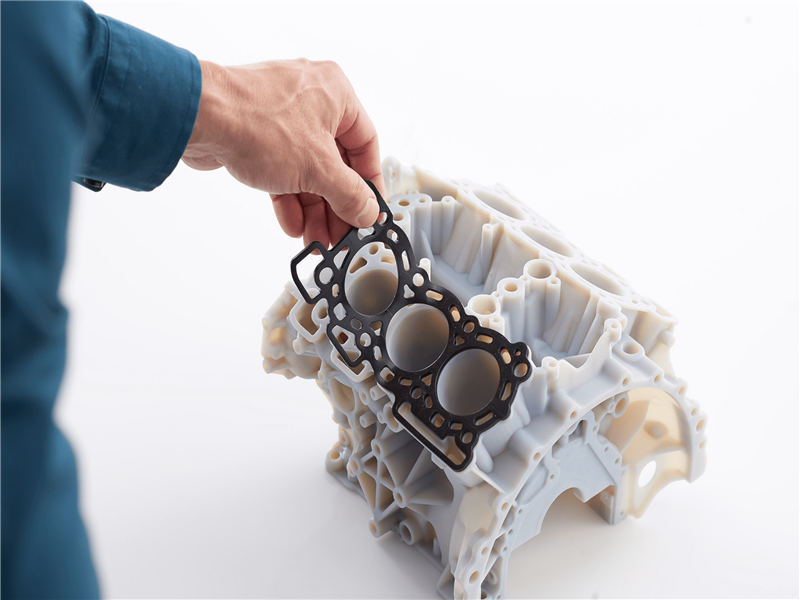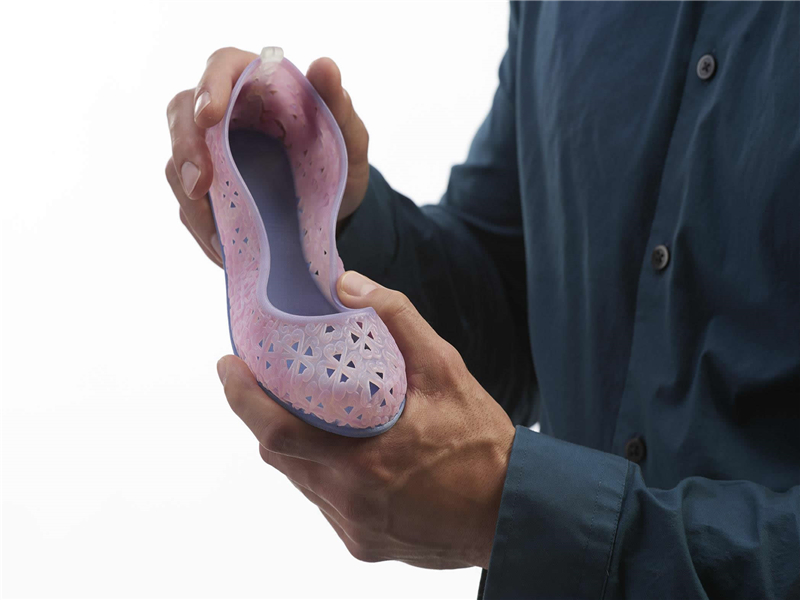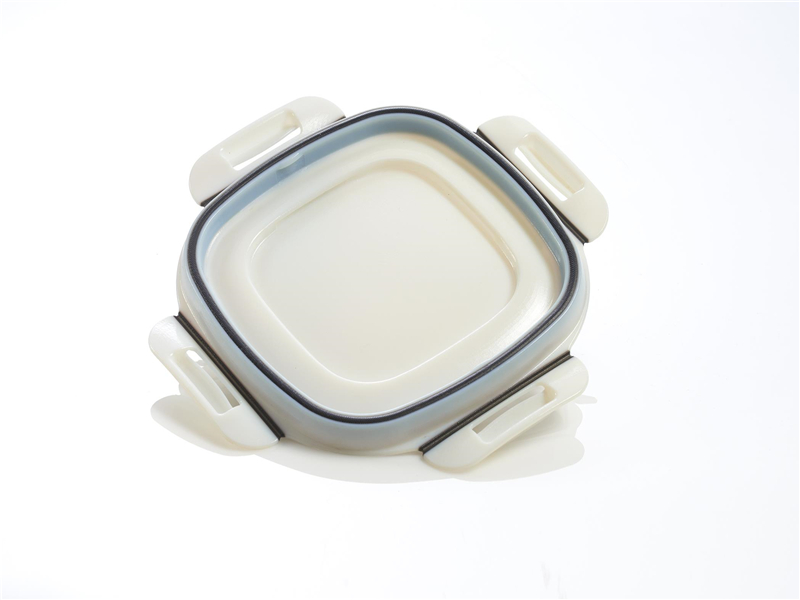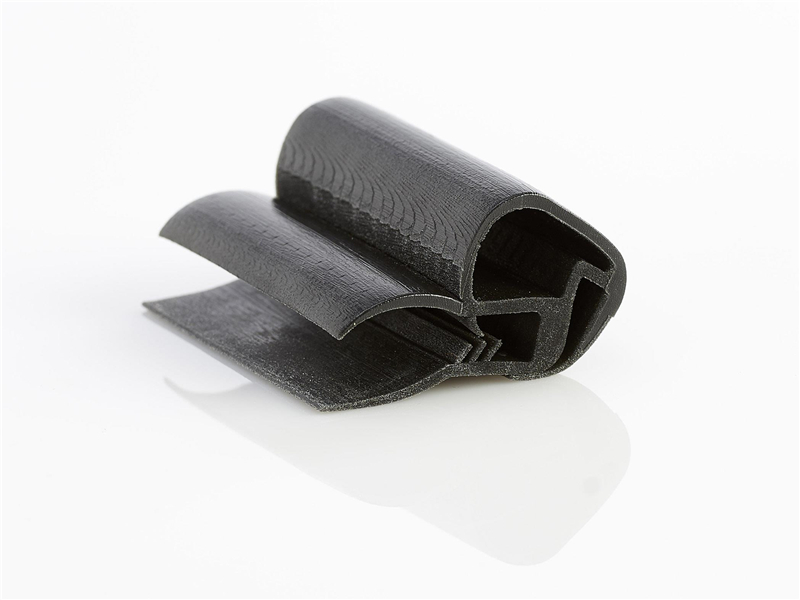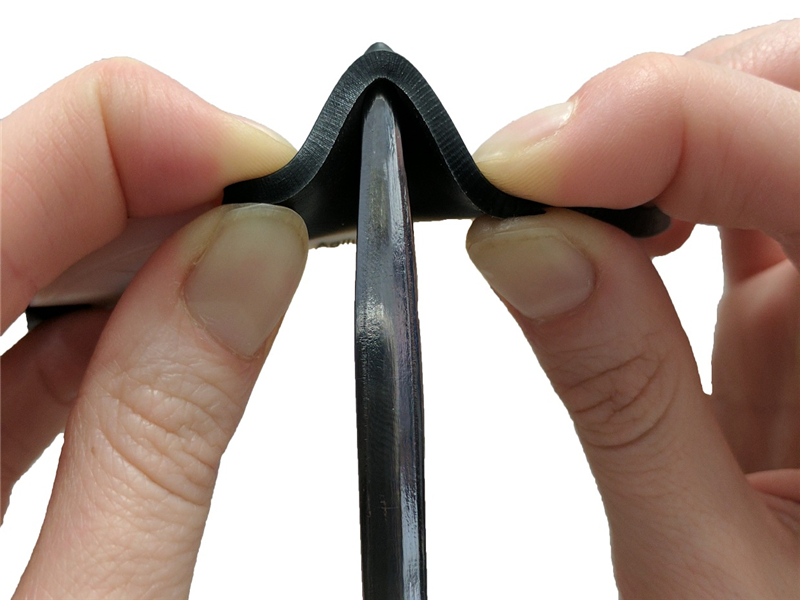PolyJet RubberStratasys Agilus+Vero This material enables you to simulate a wide variety of finished products, such as non-slip or soft surfaces on consumer electronics, medical devices and automotive interiors. Max Build Size Min Build Size 5 x 5 x 5 mm Default Layer Height 0.032 mm Optional Layer Heights 0.032 mm Tolerance ┬▒0.1% (with a lower limit of ┬▒0.1 mm) Up to 48 Ōäā Smooth ŌśģŌśģŌśģŌśģ Detail ŌśģŌśģŌśģŌśģ Accuracy ŌśģŌśģŌśģŌśģ Rigidity ŌśģŌśģ Flexibility ŌśģŌśģŌśģŌśģŌśģ Available ColorsWhite
, Black
Available Post ProcessSuitable For Fine-detail models with smooth surfaces, Not Suitable For Large models, Additional Info
Feature
3D PrinterMaterial Spec Sheet
PolyJet prototyping technology is used to build your design with this material. Stratasys’ patented PolyJet inkjet technology works by jetting photopolymer materials in ultra-thin layers onto a build tray, layer by layer until the model is completed. Each photopolymer layer is cured by UV light immediately after being jetted, producing fully cured models that can be handled and used immediately. The gel-like support material, which is specially designed to support complicated geometries, can easily be removed by hand and water jetting.
|
